It is perhaps fitting that Tainan, the political and economic center of activity on Taiwan for over two centuries, is now the site of a museum telling the story of the nation’s human history. Starting in prehistoric times, Taiwan has been a center for trade. This and the ensuing power struggles among the indigenous, Europeans, Japanese and Chinese are presented in fascinating detail at the National Museum of Taiwan History.
Children will enjoy the hands-on activities, the virtual train ride and the outdoor grounds, which include a large lawn and fish pond. Those without a strong interest in history will still be captivated by the gorgeous life-size mock-ups of historical living and working spaces, as well as the variety of peculiar artifacts, many of which have been donated by Taiwanese themselves. And for those who’d really like to delve into the fascinating story of Taiwan’s development, there is enough to keep one busy for an entire day.
Overall, what this museum does best is present the story of the people who have made their home on Taiwan from an insider’s perspective. With the help of walk-in dioramas, interactive exhibits where visitors have to imagine themselves in the past and artifacts that represent the unique experience of certain individuals, visitors learn about Taiwan’s past in a way that is at once highly subjective yet not overly biased.
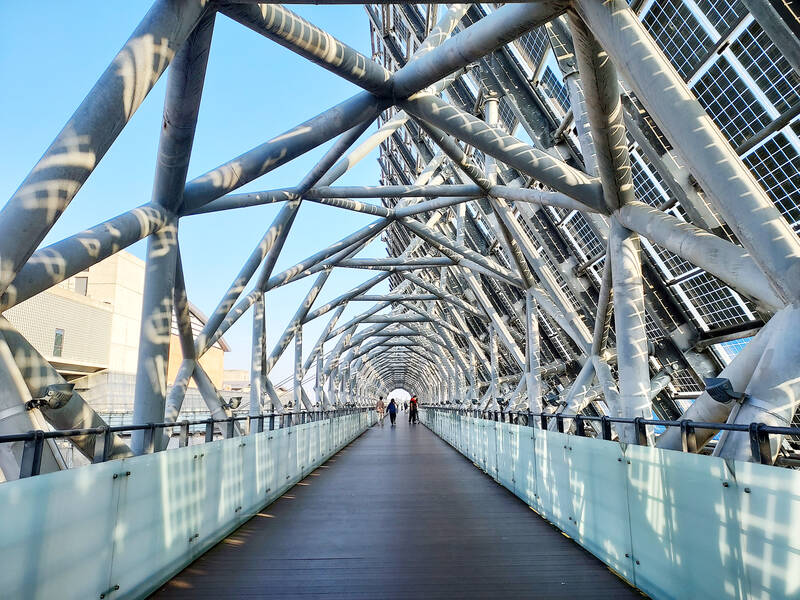
Photo: Tyler Cottenie
ARTIFACTS
The museum includes prehistoric archaeological finds. Their ability to paint a picture of life in these times is limited, but the distant source of some artifacts tells us people then still had an awareness of life beyond these shores.
Moving into the historical period, there are items that demonstrate that interactions between indigenous people, Han settlers, Japanese merchants and Dutch colonizers were not as simple as oppressed vs oppressors, and that people then had conflicting loyalties that shifted with time and varied greatly even with one group.
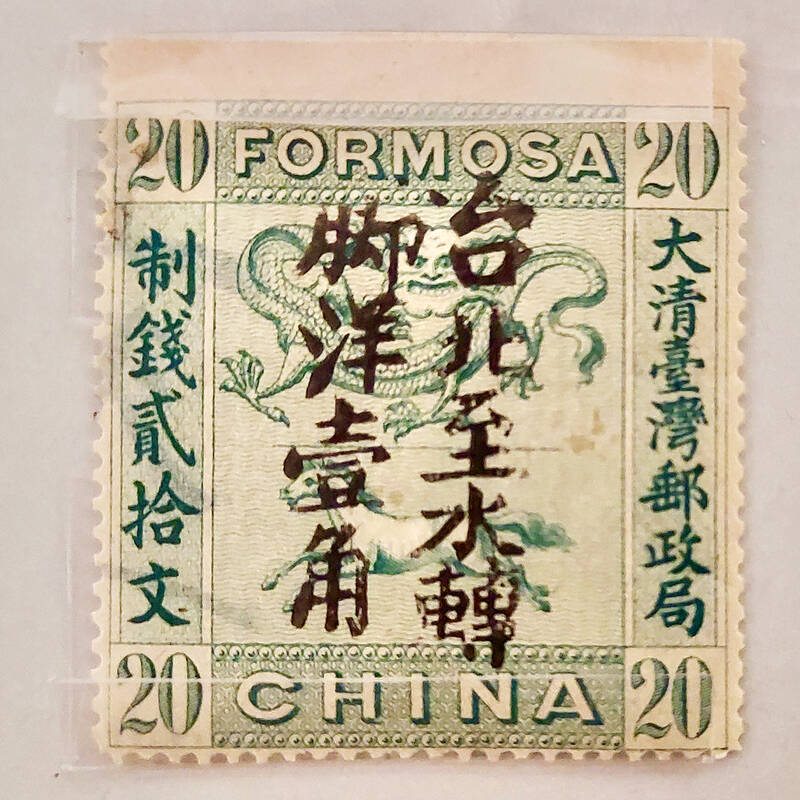
Photo: Tyler Cottenie
Indigenous resistance to outside rule is well known and documented here. However, the story is not so black and white. After the Dutch succeeded in subjugating many plains indigenous communities, they held regular public meetings with important leaders to cement the power hierarchy and reward compliant leaders with symbols of authority, including a staff with the Dutch East India Company logo in silver on top.
A sketch of one of these meetings (“Landdags”) is on display here. The loss of sovereignty was a setback for some communities, but a boon for previously weaker ones, who found that alliance with the Dutch offered better protection from their enemies. Furthermore, contracts in a Romanized script for the indigenous languages offered legal protection for commercial agreements and land leases among indigenous people and Han Chinese. These “Sinckan manuscripts” are on view at the museum.
During the Qing Dynasty, indigenous opposition to imperial rule was not universal, either. For instance, Baokeh Dawai was a plains indigenous leader who became a military officer for the Qing; his uniform is on display in the museum. Emperor Qianlong also bestowed several gifts on a chief of the Pazeh community for his family’s continued help in restraining rebellions. A bowl, vase and court necklace were treasured heirlooms handed down within the family that are now on display.
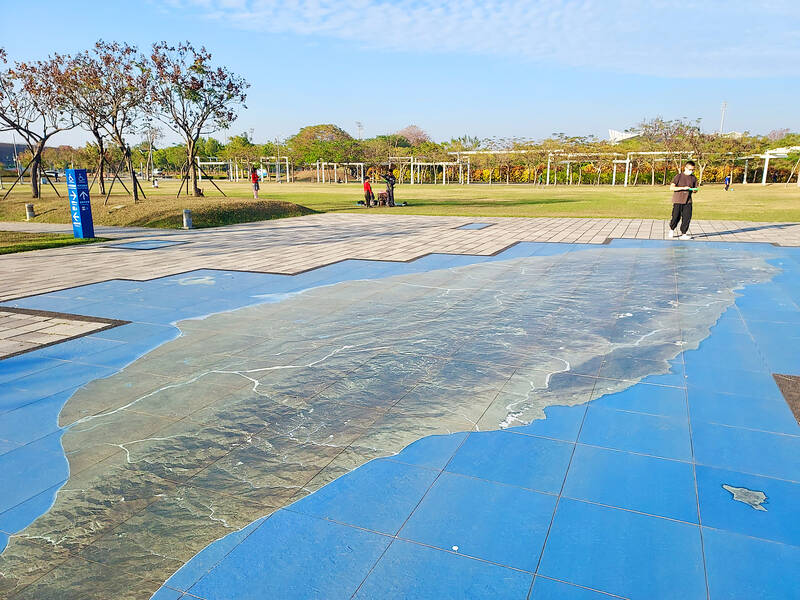
Photo: Tyler Cottenie
Other artifacts tell the story of Han immigrants who continued to adapt and succeed throughout the shifting tides of authority. Large dioramas present rice farming practices and the religion of the Han. Also on display are the flag and postage stamps of the Republic of Formosa, a last-ditch attempt by local Han to avoid Japanese rule. Under Japanese rule, they continued to value education, as evidenced by a certificate in Japanese for academic achievement in primary school that was awarded to a local girl and kept in pristine condition until its donation to the museum.
Coastal areas in Tainan used to be an inland sea with fish farms, salt fields and little in the way of ground transportation. Low-draft boats with sails that could be poled forward were a favored means of transportation for Han merchants. One such punt (a tshiu-the-a in Hoklo, also known as Taiwanese) was eventually abandoned on the shore of the Yanshui River and later rediscovered and dredged up. It now occupies a prominent spot on the museum’s first floor.
IMMERSED IN HISTORY

Photo: Tyler Cottenie
Much of the second floor is taken up by life-size dioramas depicting 20th-century life. Visitors can walk into realistic re-creations of different shops and learn more about how life changed with the modernization brought by colonialism and technological advancement. There is a traditional grocery store from the days before 7-Eleven, which served as a center of both economic and social activity. Visitors can walk into a store selling Western clothes, a concept that was imported by the colonial Japanese. Just down the road is a photographer’s studio where people might have had their pictures taken wearing their new Western garments, and a cafe; playing the latest popular music from around the world on a gramophone, where people might have gone to socialize and show off their new clothes.
Although colonial rule is generally considered exploitative and oppressive, along this street the museum does highlight the greater benefits and rights women enjoyed under Japanese rule. For example, the Japanese put an end to foot binding, and encouraged women’s education and participation in the workforce.
Also on the second floor are a series of interactive learning experiences presented as card games on touch screens, which give visitors a first-person understanding of the motivations of individuals in Taiwan’s past. Players are presented with a real scenario from the past, such as an indigenous person going to trade with Han and Japanese at a local market, or the Dutch governor of Formosa being kidnapped by Japanese merchants. Players must then choose an action and suffer the consequences, or enjoy the benefits, of their choice.
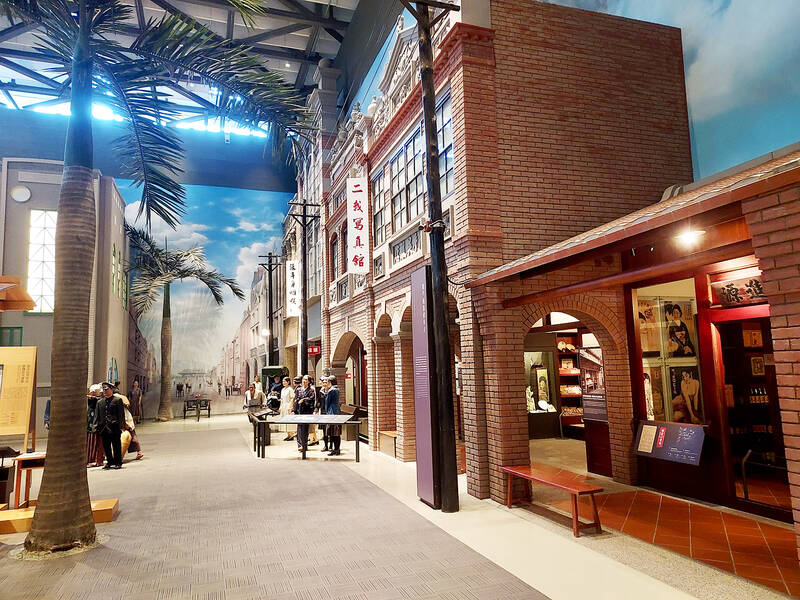
Photo: Tyler Cottenie
Museum personnel also regularly bring out a collection of old household goods and toys that people can actually get their hands on and try out. Some of these will be part of recent living memory for parents and grandparents visiting the museum, and are a great way to start conversations between generations and let children feel a more direct connection with the past.
Finally, three video exhibits provide another way to get immersed in Taiwan’s history. On the second floor, there is a VR experience (requires a reservation) depicting the Japanese military expedition against the Paiwan in 1874. On the first floor, short videos are played twice an hour in the Circular Theater outlining Taiwan’s history. Finally, the Time Station exhibit is a realistic mock-up of a Taiwan Rail car wherein visitors take a ride through Taiwan’s past. The train car’s movement and video scrolling outside the windows on both sides makes for a fun experience that also gives children a rough framework of Taiwan’s history before visiting the rest of the museum.
PLANNING YOUR VISIT
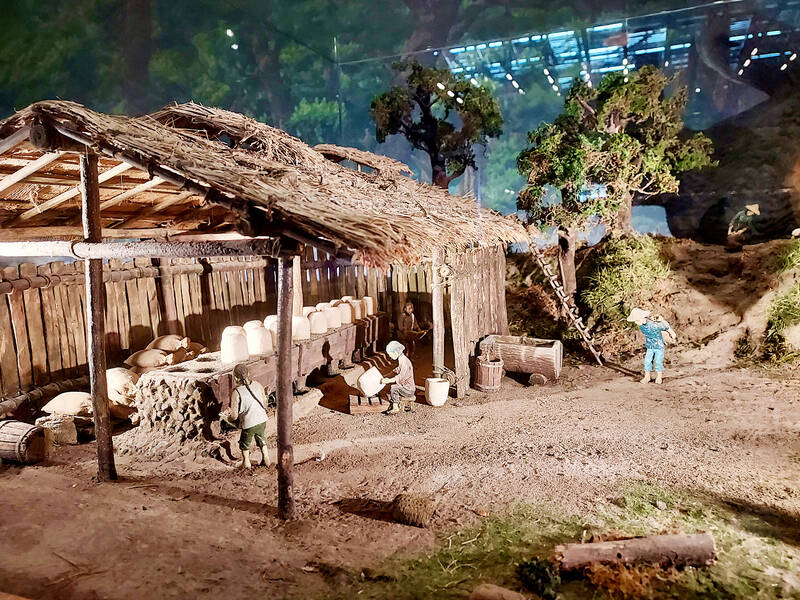
Photo: Tyler Cottenie
The museum is open Tuesday to Sunday, 9am to 5pm. Regular admission is NT$100, students are NT$60. Bus 20 from TRA Yongkang Station or Bus 18 from TRA Tainan Station both serve the museum. For more information, visit: www.nmth.gov.tw.
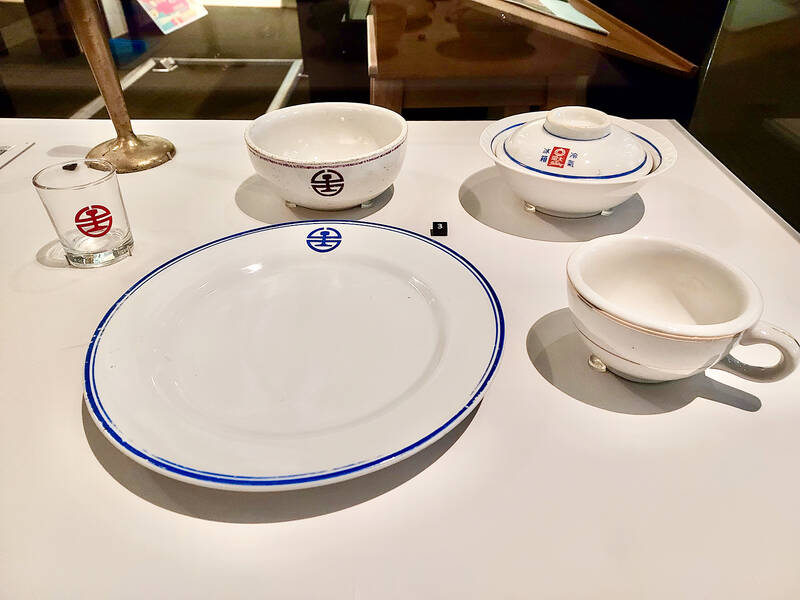
Photo: Tyler Cottenie
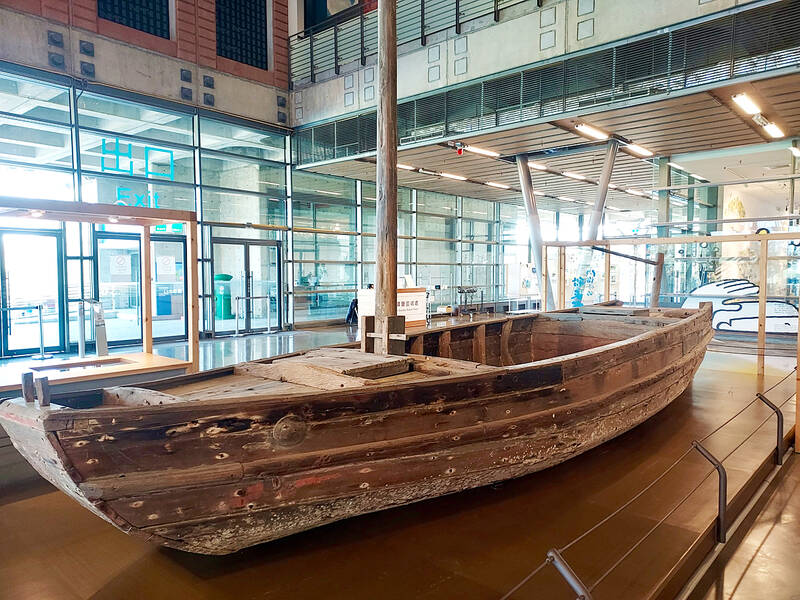
Photo: Tyler Cottenie
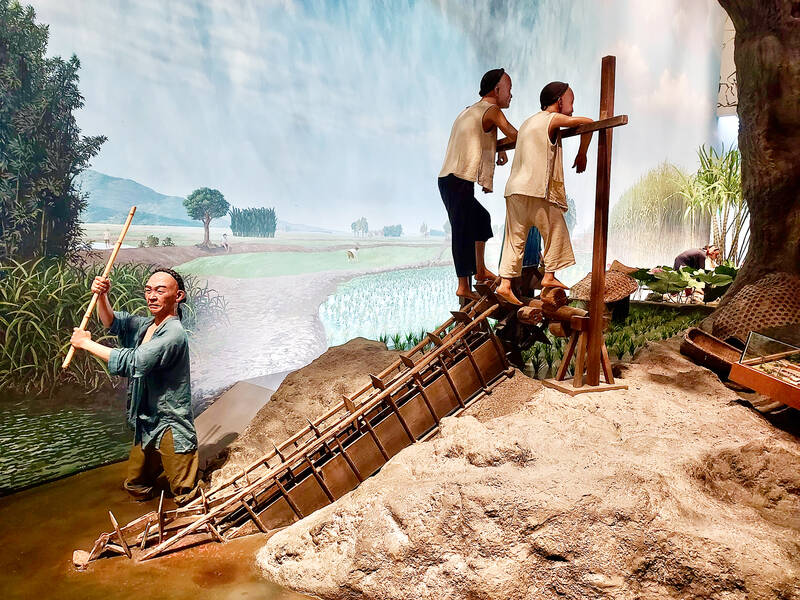
Photo: Tyler Cottenie

April 14 to April 20 In March 1947, Sising Katadrepan urged the government to drop the “high mountain people” (高山族) designation for Indigenous Taiwanese and refer to them as “Taiwan people” (台灣族). He considered the term derogatory, arguing that it made them sound like animals. The Taiwan Provincial Government agreed to stop using the term, stating that Indigenous Taiwanese suffered all sorts of discrimination and oppression under the Japanese and were forced to live in the mountains as outsiders to society. Now, under the new regime, they would be seen as equals, thus they should be henceforth

Last week, the the National Immigration Agency (NIA) told the legislature that more than 10,000 naturalized Taiwanese citizens from the People’s Republic of China (PRC) risked having their citizenship revoked if they failed to provide proof that they had renounced their Chinese household registration within the next three months. Renunciation is required under the Act Governing Relations Between the People of the Taiwan Area and the Mainland Area (臺灣地區與大陸地區人民關係條例), as amended in 2004, though it was only a legal requirement after 2000. Prior to that, it had been only an administrative requirement since the Nationality Act (國籍法) was established in

Three big changes have transformed the landscape of Taiwan’s local patronage factions: Increasing Democratic Progressive Party (DPP) involvement, rising new factions and the Chinese Nationalist Party’s (KMT) significantly weakened control. GREEN FACTIONS It is said that “south of the Zhuoshui River (濁水溪), there is no blue-green divide,” meaning that from Yunlin County south there is no difference between KMT and DPP politicians. This is not always true, but there is more than a grain of truth to it. Traditionally, DPP factions are viewed as national entities, with their primary function to secure plum positions in the party and government. This is not unusual

US President Donald Trump’s bid to take back control of the Panama Canal has put his counterpart Jose Raul Mulino in a difficult position and revived fears in the Central American country that US military bases will return. After Trump vowed to reclaim the interoceanic waterway from Chinese influence, US Defense Secretary Pete Hegseth signed an agreement with the Mulino administration last week for the US to deploy troops in areas adjacent to the canal. For more than two decades, after handing over control of the strategically vital waterway to Panama in 1999 and dismantling the bases that protected it, Washington has